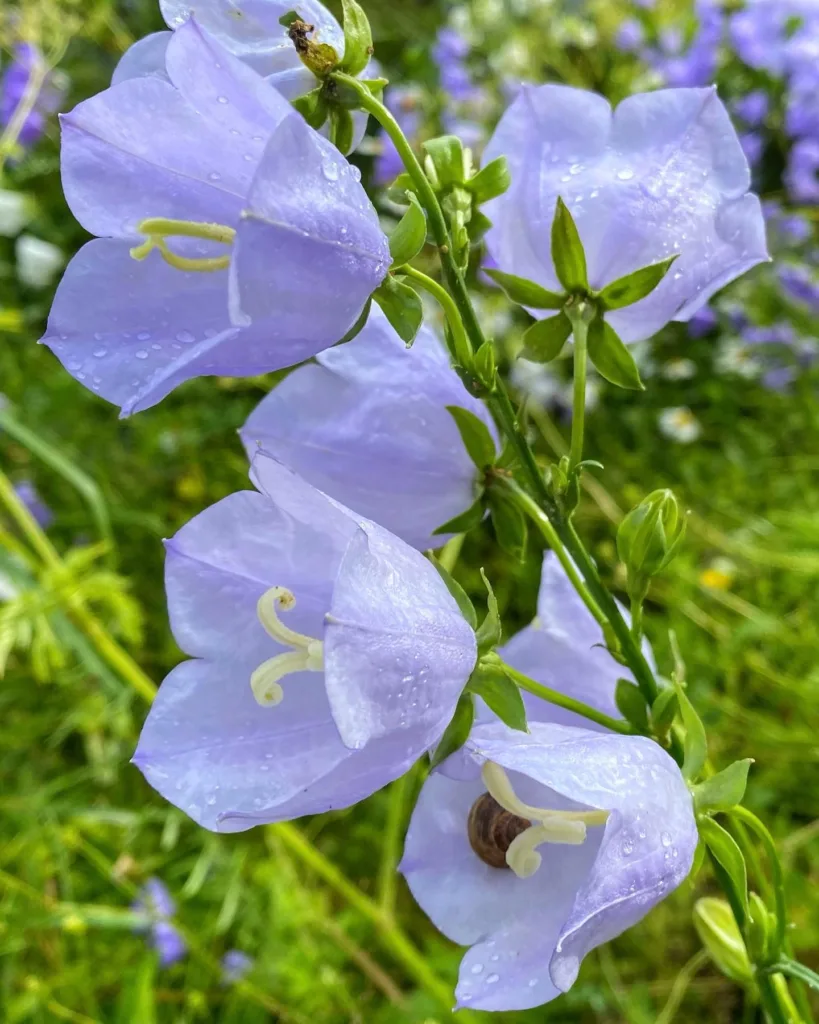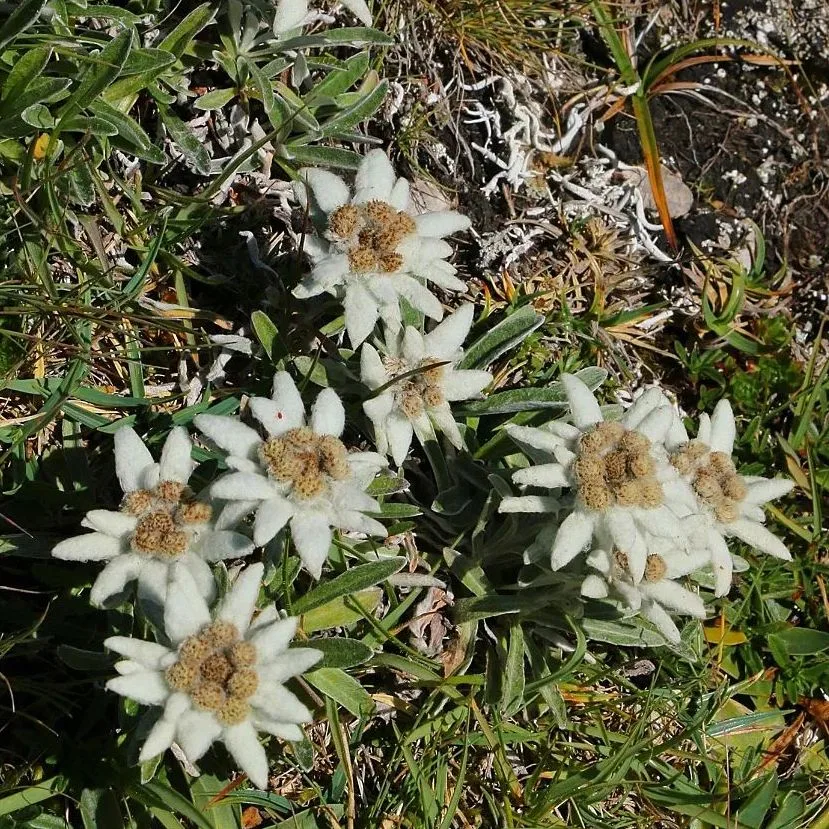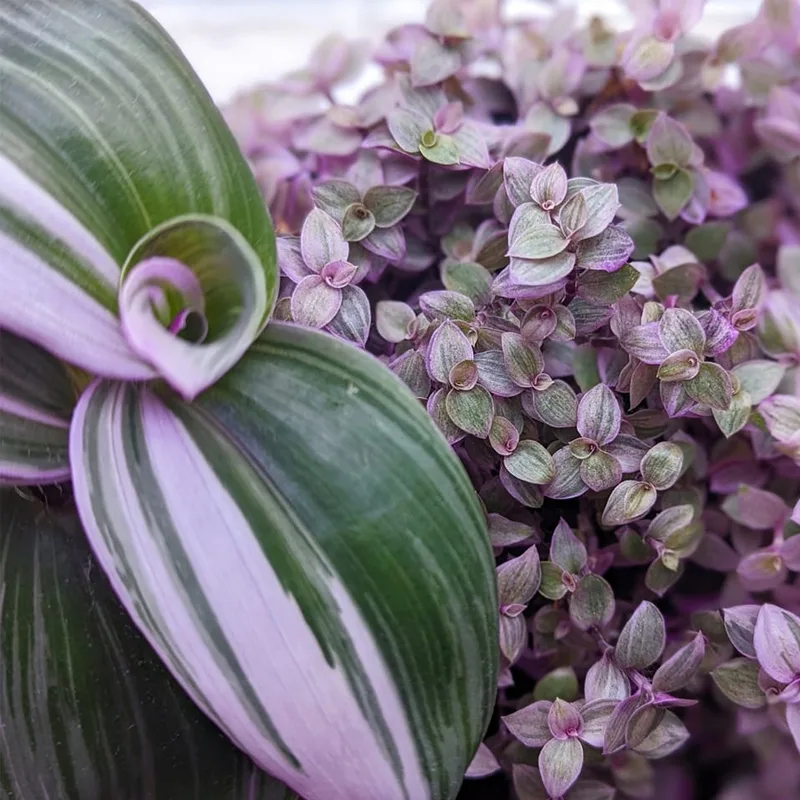
What is Caulophyllum Thalictroides?
Caulophyllum Thalictroides, commonly known as Blue Cohosh, is a perennial herb native to North America. It’s a member of the Berberidaceae family and is well-regarded for its distinctive blue berries and lacy foliage. Historically, it has been used in traditional medicine, particularly by Native American tribes, for a variety of purposes.
Plant Family: 13 Genera in Berberidaceae
What is Caulophyllum Thalictroides Used For?
Caulophyllum Thalictroides has a rich history of medicinal use. It’s most commonly associated with its role in women’s health, particularly in aiding childbirth. It has been traditionally used to help with uterine contractions and to facilitate labor. Additionally, it’s been employed to address menstrual discomfort and menopausal symptoms. However, its use should be approached with caution, as it can have potent effects on the body.
How to Use Caulophyllum Thalictroides to Induce Labor?
If you’re considering using Caulophyllum Thalictroides to induce labor, it’s crucial to do so under the guidance of a healthcare professional. This herb is known for its potential to stimulate uterine contractions, but improper use can lead to complications. Traditionally, it’s used in tincture form or as a tea, with specific dosages depending on the individual’s health status and the stage of labor. Always consult with a midwife or obstetrician before using this herb to ensure it’s safe and appropriate for your situation.
How to Care for Caulophyllum Thalictroides?
Caring for Caulophyllum Thalictroides involves providing it with the right growing conditions. This plant thrives in well-drained soil and partial to full shade. It prefers a moist environment but can tolerate a range of soil types. Regular watering is essential, but be cautious not to overwater, as this can lead to root rot. In colder climates, it’s important to mulch around the base of the plant to protect the roots from freezing temperatures.
How to Propagate Caulophyllum Thalictroides?
Propagating Caulophyllum Thalictroides can be done through seeds or division. Seeds should be sown in a cold frame or indoor environment to simulate the natural cold stratification process. They typically take several months to germinate. Alternatively, you can divide established plants in the spring or fall. Ensure that each division has a healthy root system and is planted in a suitable location.
What to Plant With Caulophyllum Thalictroides?
When planning a garden, Caulophyllum Thalictroides pairs well with other shade-loving plants. Consider planting it alongside ferns, hostas, and other woodland species that appreciate similar growing conditions. This combination not only enhances the aesthetic appeal of your garden but also supports a healthy and balanced ecosystem.
Can You Grow Caulophyllum Thalictroides Indoors?
While Caulophyllum Thalictroides is typically grown outdoors, it’s possible to cultivate it indoors with the right conditions. You’ll need to provide a shaded environment and ensure the plant receives adequate moisture. Indoor gardening for this herb can be challenging, as it requires specific light and temperature conditions to thrive.
Is Caulophyllum Thalictroides Toxic?
Caulophyllum Thalictroides can be toxic if ingested in large quantities. The plant contains compounds that can cause adverse effects, particularly when used improperly. It’s crucial to use this herb under the supervision of a qualified professional to avoid potential toxicity. Keep the plant out of reach of children and pets to prevent accidental ingestion.
Benefits of Caulophyllum Thalictroides
The primary benefit of Caulophyllum Thalictroides lies in its historical use for labor and menstrual discomfort. Its potential to support uterine health and facilitate childbirth has made it a valuable herb in traditional medicine. Additionally, it may offer benefits for menstrual regulation and menopausal symptoms.
Common Problems with Caulophyllum Thalictroides
One common problem with Caulophyllum Thalictroides is its susceptibility to root rot if overwatered. Additionally, the plant’s sensitivity to environmental conditions can make it challenging to grow in less than ideal situations. Monitoring soil moisture and providing adequate shade can help mitigate these issues.
Compare with Other Similar Herbs
When comparing Caulophyllum Thalictroides with other herbs used in childbirth, such as Red Clover or Raspberry Leaf, it’s important to note that each herb has unique properties and uses. Red Clover is often used for its estrogenic effects and to ease labor, while Raspberry Leaf is known for its uterine toning properties. Caulophyllum Thalictroides stands out for its historical use in stimulating contractions, but its potent nature requires careful management.
In summary, Caulophyllum Thalictroides is a plant with a long history of medicinal use, particularly in relation to childbirth and women’s health. Whether you’re considering its use or simply interested in its care, understanding its requirements and potential risks is essential. Always consult with a healthcare professional before incorporating this herb into your health regimen.



